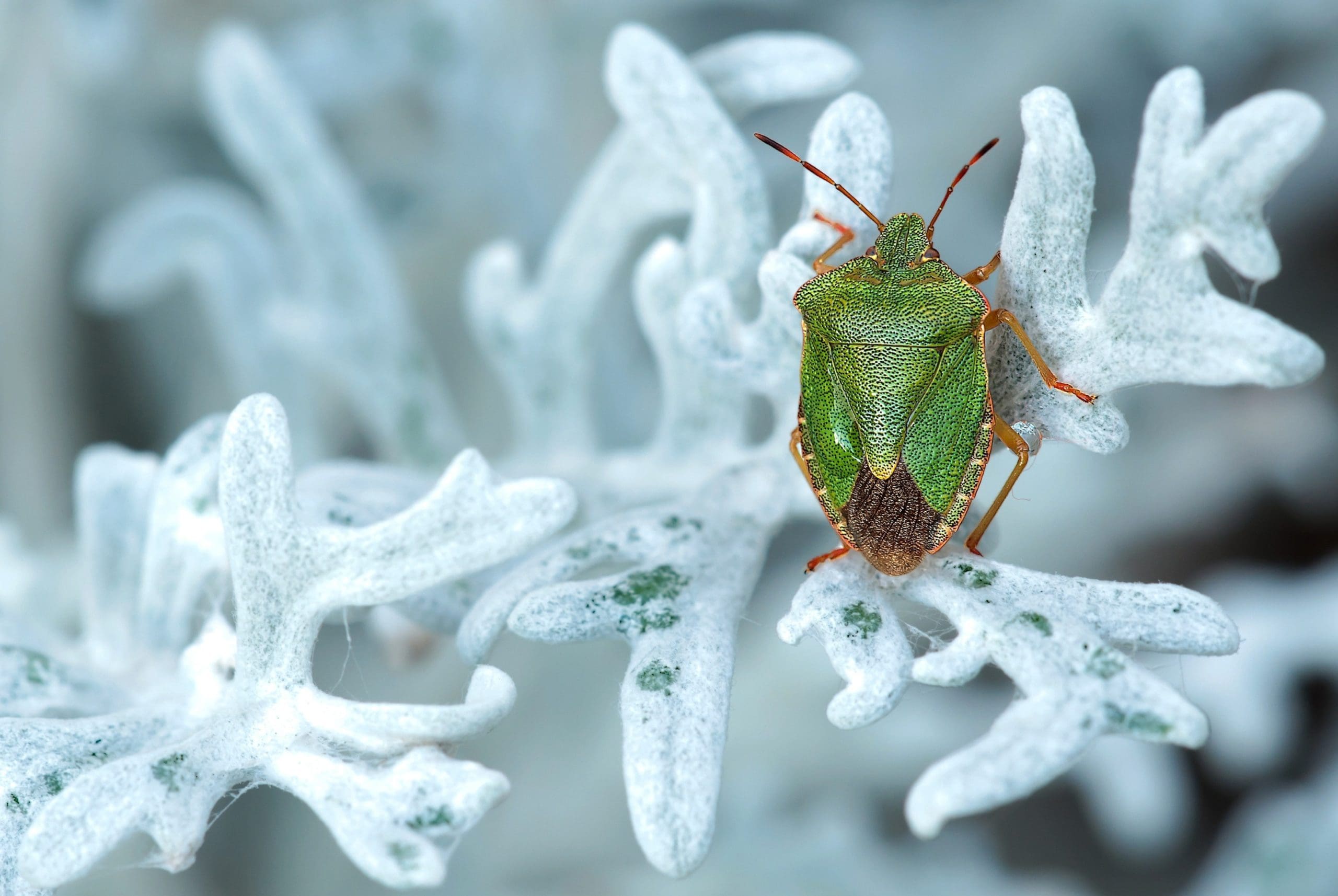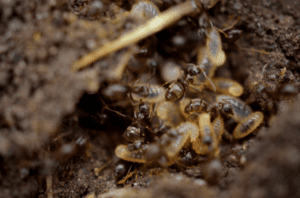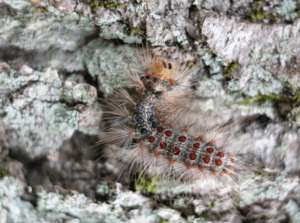
The name stink bug is very appropriate. These are the bugs that make everyone scrunch their noses up as they have a particularly unpleasant smell. However, it’s not just their smell that makes these bugs undesirable, they can also cause severe damage to crops and plants too. There are, however, some species that are beneficial, as they eat other bugs.
With more than 200 species of stink bugs making North America their home, our guide will help you to identify and distinguish between the enemies and allies. This will help you to determine whether you need to get rid of these bugs, or to let them do their job.
General Identification
Stink bugs are quite common in New Jersey and there are about 20 different species in the Garden State. Also known as shield bugs because of the shape of their thorax, some stink bugs have a more rounded shield, while others sport a triangular shape. Adult stink bugs measure between 1/3 inch and ¾ inches in length. They are recognizable by not only their shield shape but also their segmented antennae (feelers). Their wings overlap, and like most insects they have 3 pairs of legs. These critters are a true pest to farmers as they can cause extensive damage to crops. They use their mouth parts to pierce and suck out nutrients and fluids from whatever vegetation they fancy. However, the beneficial species of stink bugs eat other insects that damage crops, so these are the bugs that farmers want. All stink bugs emit their unpleasant smell from glands situated in the thorax when they are disturbed, agitated, or squashed. Although the odor is unpleasant, it is not harmful to humans.Destructive Stink Bugs
We’ve outlined the general characteristics of stink bugs, now let’s take a closer look at the harmful ones.- Brown Marmorated Stink Bug
- Forest Bug
- Harlequin Bug
- Rice Stink Bug
- Southern Green Stink Bug
Beneficial Stink Bugs
There are two main species of beneficial stink bugs in the US. These are:- Spined Soldier Bug
- Two-spotted Stink Bug






